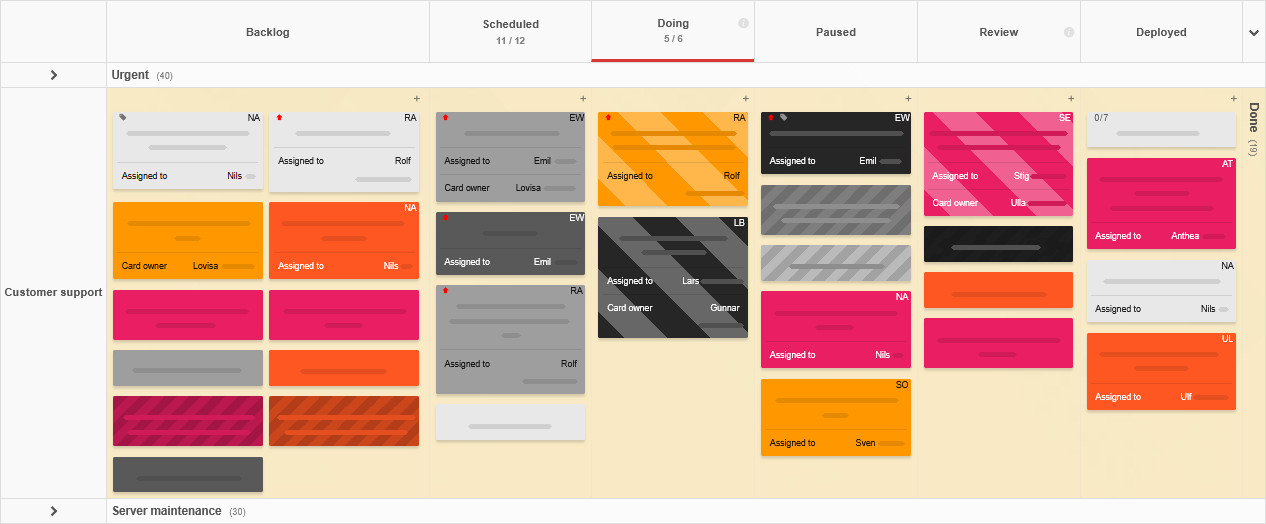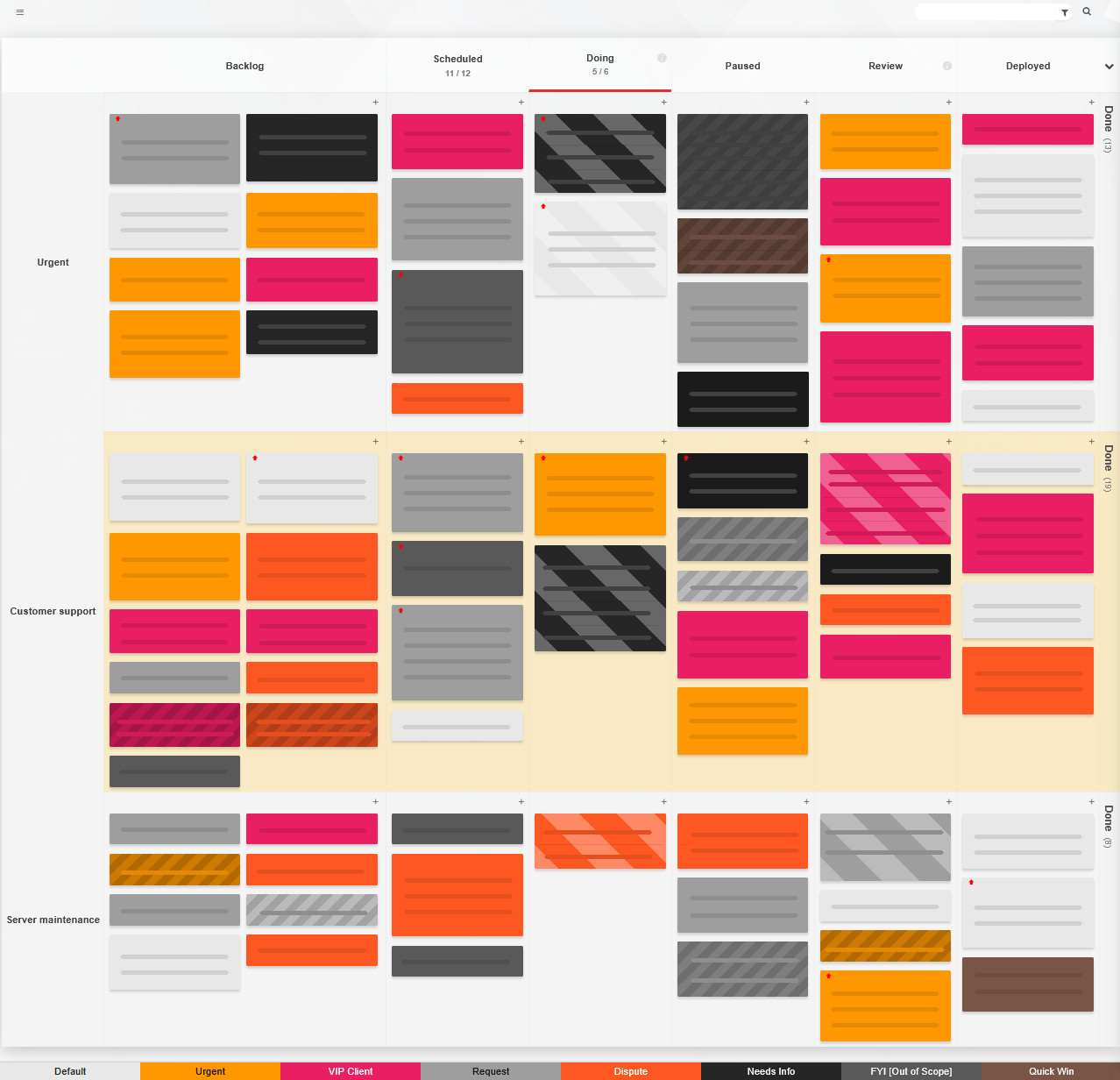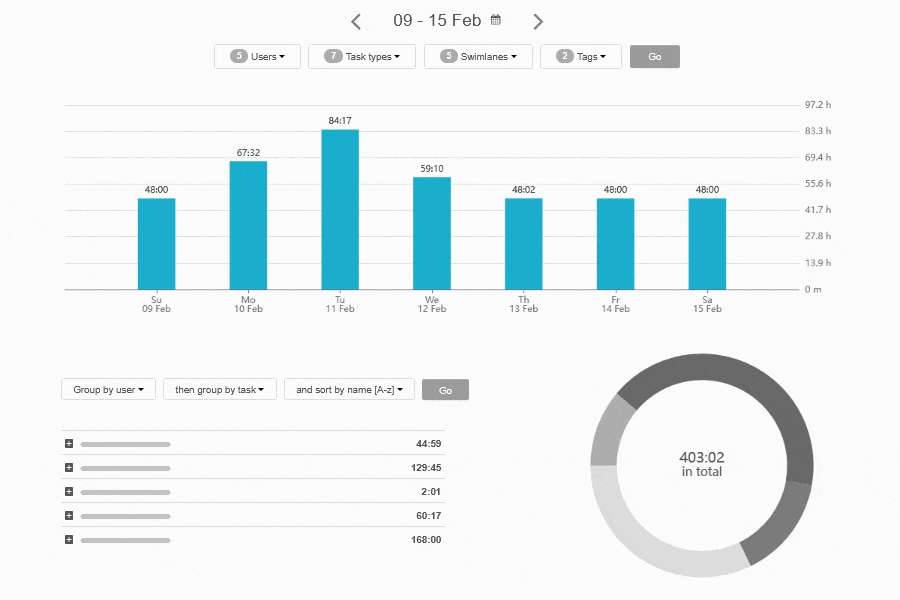Blog
Using Kanban to Improve Decision-Making and Accelerate Alignment28 Jul 2025

Making a decision is rarely a solitary moment of clarity amid chaos. Most decisions emerge from a context web, shaped by the clarity of available information, the visibility of conflicting demands, and the confidence that priorities are understood across a team. However, Kanban—the simple visual system for managing work—can reconfigure the decision-making environment by making all the variables explicit.
Initially used to control the flow of production inventory, Kanban has evolved into a powerful tool for knowledge work tracking. Unlike to-do lists or static planning documents, Kanban offers a dynamic, real-time representation of work completion states. Together with tracking the team's progress, it can transform how individuals and teams perceive complexity, identify blockers, and choose where to focus their efforts.
Visualizing the workflow for cognitive impact
We are not all equally apt at juggling abstractions. Lists and spreadsheets force the brain to hold shifting priorities in working memory, increasing mental load and reducing clarity. Kanban is perfect for offloading this burden by externalizing tasks into the visual field. By mapping work on a board—usually split into columns such as “To Do,” “In Progress,” and “Done”—teams can see, at a glance, what’s worked on, who’s doing it, what's planned and where friction may be occurring.

This type of process state visualization can trigger a shift from reactive to intentional behavior. Instead of constantly wondering what to do next, team members anchor their decisions in the workflow. When someone completes a task, the board itself reveals the next logical priority—not through arbitrary authority but through systemic transparency.
Prioritizing without guesswork
Being able to prioritize well is about making consistent, context-aware choices in practice, rather than choosing what’s most important in theory. Kanban boards can be structured to surface not just task status, but also priority metadata: deadlines, customer value, dependencies, and risk or difficulty levels. By attaching this extra information directly to each card, teams reduce ambiguity and minimize decision paralysis.
Thanks to the flexibility of Kanban, a fixed prioritization method is not imposed. It can support a range of approaches—from FIFO (first in, first out) to class-of-service or swimlane distinctions — keeping things visible and accountable no matter how you approach it. The team can perceive, for example, if high-risk or high-value items are consistently delayed, prompting a discussion about systemic issues rather than individual choices.

Aligning through flow metrics
Kanban allows measuring progress with flow metrics, separating task movement alone from work progress. Lead time (the travel time from start to finish) and cycle time (active working time) become objective indicators of team performance. This type of data helps teams diagnose inefficiencies that might otherwise be blamed on individual behavior.
Furthermore, these metrics inform prioritization: if tasks of a certain type consistently experience long cycle times, the team can investigate upstream causes: Are these tasks poorly defined? Do they require specialized knowledge? Decisions about backlog trimming, staffing, and training can shift from speculation to evidence-based conversation.

Decentralizing decisions without losing coherence
A more subtle advantage of Kanban is that it decentralizes decision-making while preserving strategic alignment. Team members are empowered to pull tasks into their queue based on real-time conditions and capacity, yet still within a shared visual context. No one is flying blind.
Such distributed autonomy reduces bottlenecks resulting from waiting for approvals or cascading instructions. Yet because everyone works from the same board, decisions can remain coordinated. The visual planning and tracking system acts as a single source of truth, not by enforcing uniformity, but by enabling a shared mental model of work.
Kanban as a decision scaffold
Ultimately, the utility of Kanban boards surpasses process management and becomes a scaffold for informed decision-making. It won't replace judgment but can enhance it by structuring how and when decisions are taken. By turning work items' status into a living artifact, visible to all, it allows individuals to act with greater confidence, and teams to calibrate their actions against evolving circumstances.
This doesn’t require elaborate tooling, and though even a physical board with sticky notes can achieve a level of transformation, choosing a digital solution with built-in process metrics will help a team get there faster and more efficiently. But what matters more than the format, is the fidelity of the visualization to the team's actual stages of work. When used with discipline, a Kanban board becomes a mirror—not of the team's intention, but of action.

Teams that visualize their current work on Kanban boards can become better at deciding what needs doing and why.
By embedding decision points in a transparent, evolving workflow, Kanban shifts the locus of control from abstract plans to observable reality. In doing so, it turns prioritization from a one-time negotiation into a continuous, collaborative process grounded in visibility, data, and openness.
Sign up for a 14-day free trial
to test all the features.
Sign up now and see how we can help
your organization deliver exceptional results.